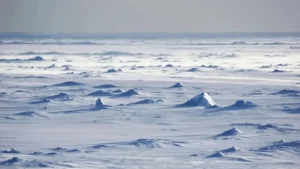The Reserve Bank of India (RBI) enhanced the capabilities of the Unified Payments Interface (UPI) by introducing a ‘single-block-and-multiple debits’ functionality, which allows a customer to enable a payment mandate against a merchant by blocking funds for specific purposes in his/her bank account which can be debited, whenever needed.
Buy Prime Test Series for all Banking, SSC, Insurance & other exams
More About This Development: The New Changes:
- The single-block-and-multiple debits feature is expected to have multiple use cases in various segments, such as e-commerce transactions, investment in the secondary market and purchase of government securities using the RBI’s Retail Direct scheme. The RBI will issue instructions to the National Payments Corporation of India (NPCI), which runs and manages UPI, on this functionality shortly.
- This new functionality will play a key role in building the framework for blocking money for secondary market trades, a mechanism called Application Supported by Blocked Amount (ASBA), which the capital market regulator is planning to implement.
- With the single-block-and-multiple debits capability, a customer will be able to block an amount for a specific merchant, who can keep debiting from the same blocked amount until it gets exhausted.
What Has Been Said: About The BBPS:
The RBI said the Bharat Bill Payment System (BBPS) will now include a wider variety of recurring and non-recurring payments. According to the RBI, this feature will build a higher degree of trust in transactions as merchants will be assured of timely payments, while the funds remain in the customer’s account until delivery of goods or services.
“When it comes to e-commerce, there is a prepaid model and there is a postpaid model, which is cash on delivery. Now, with this feature on UPI, another mode of payment has been introduced. A customer can give a mandate to an e-commerce merchant whereby a certain amount will be blocked for buying goods and once the goods get delivered, the money will be debited,” a source aware of the development said.




 Which Indian City is Known as the Footwe...
Which Indian City is Known as the Footwe...
 Which Desert is known as the Cold Desert...
Which Desert is known as the Cold Desert...
 Top-10 News Media Companies in the World...
Top-10 News Media Companies in the World...







